
A Walk on the Wild Side in Wales
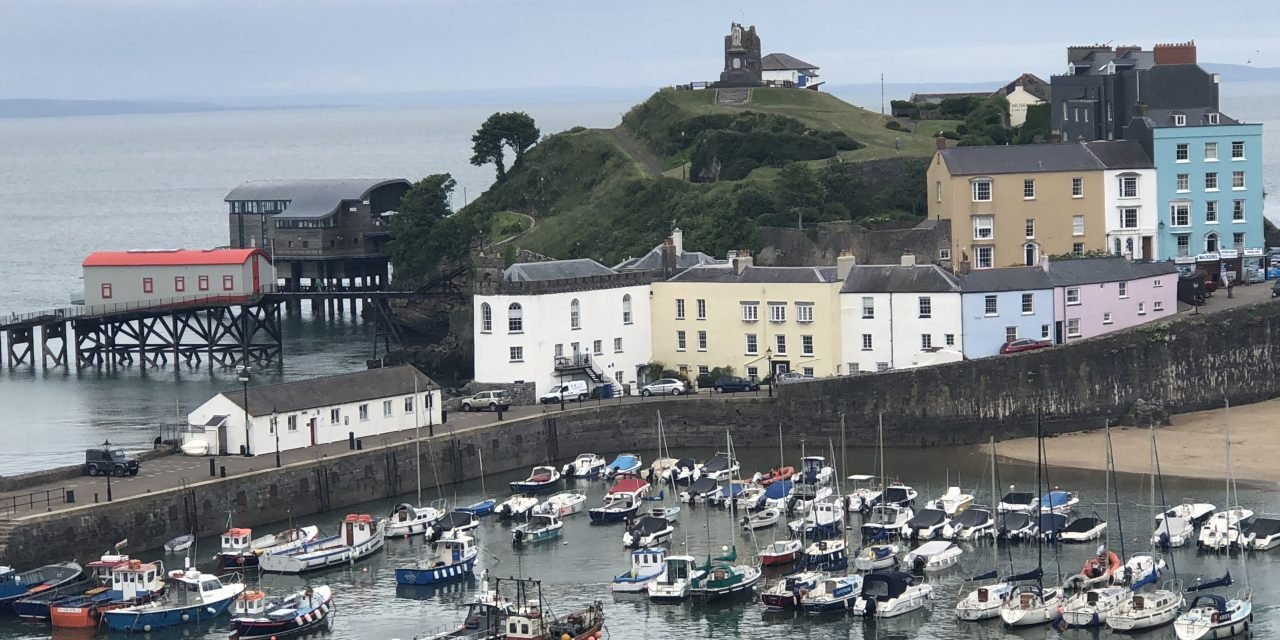
Editor’s Note: This article has been updated since its original publication date. (2024)
For many trekkers, hiking the entire Appalachian Trail from Georgia to Maine is a bucket list accomplishment. It’s one of three long-distance walks in the famed Triple Crown; the other two being the Pacific Crest and the Continental Divide Trails. Outside of the US, there’s a number of walks with similar bragging rights. Among them is the Wales Coast Path, an 870-mile route, spanning eight geographical areas, from Chepstow, Monmouthshire in the south to Queensferry, Flintshire in the north. Wales has the distinction of being the largest country in the world with a continuous trail around its entire coast.

The path is visually stunning, with backdrops that could be straight out of a fairytale. It’s also rich in history and teeming with wildlife. The route runs through National Nature Reserves, World Heritage Sites, Special Areas of Conservation, National Parks, Heritage Coasts, Areas of Outstanding Natural Beauty, and areas managed and protected by Wildlife Trusts and the National Trust. This is a trail that’s recognized for its diversity of scenery, from soaring cliffs and windswept beaches to densely wooded forests, bucolic fields and rolling hills of green. And amid all this splendor are medieval castles and ancient churches, along with Neolithic burial chambers and mysterious rock formations that are believed to have prehistoric roots. You’ll travel through quaint villages and storybook hamlets, where there’s a pub on every corner offering the opportunity to meet a host of colorful, local characters. It’s a truly special landscape with moods that change as often as the weather.
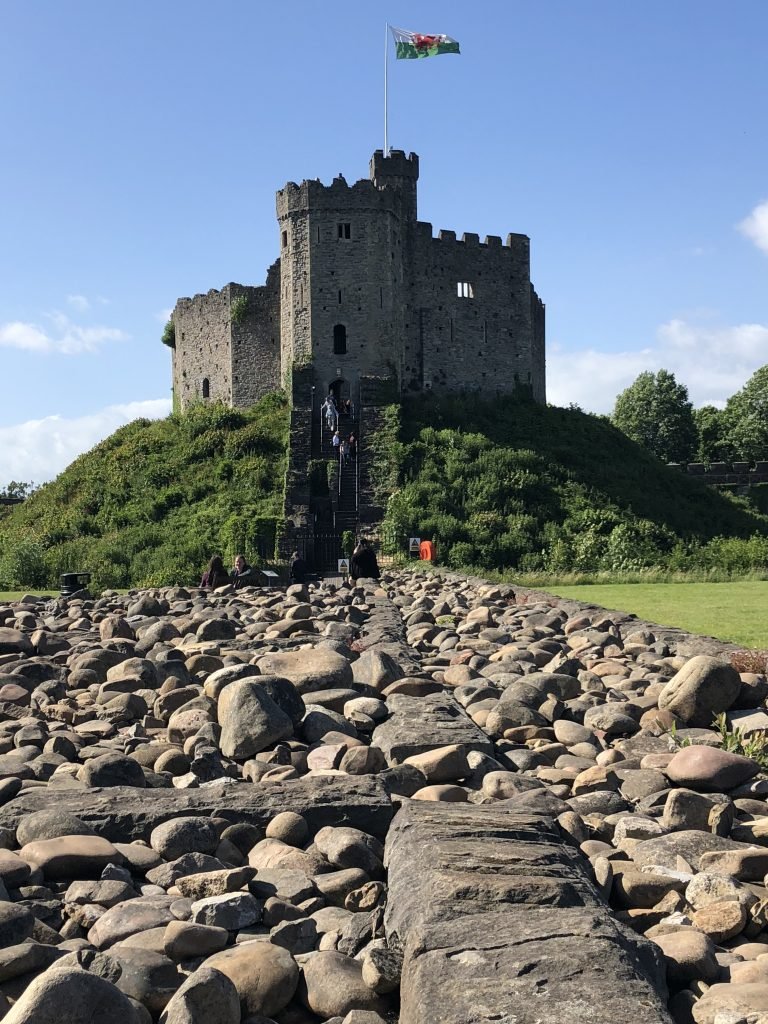
The hardy souls who complete the entire circuit are to be commended. But, not everyone has the time, energy or inclination to walk it all at once. Instead, most people do a section or sections of the path, as my husband and I did in early summer. We chose to explore a region of South Wales between Tenby and Burry Port, putting in a total of nearly sixty miles in six days. To facilitate the trip, we worked with Celtic Trails, a company with twenty plus years’ experience in providing tailored, self-guided walking trips in the UK and Europe. As leaders in the industry, Celtic Trails is known for its personal service and impeccable attention to detail, as well as for its depth of knowledge regarding the different terrains. The company works with walkers of every level, from beginners to seasoned trekkers, and handles all of the specifics, including route planning, accommodations and luggage transfers from inn-to-inn. And the information it provides prior to your trip is extensive, with a day-to-day itinerary, route maps, guidebooks, packing list, important contact numbers and more. The staff is dedicated to providing the support you need for a memorable adventure.
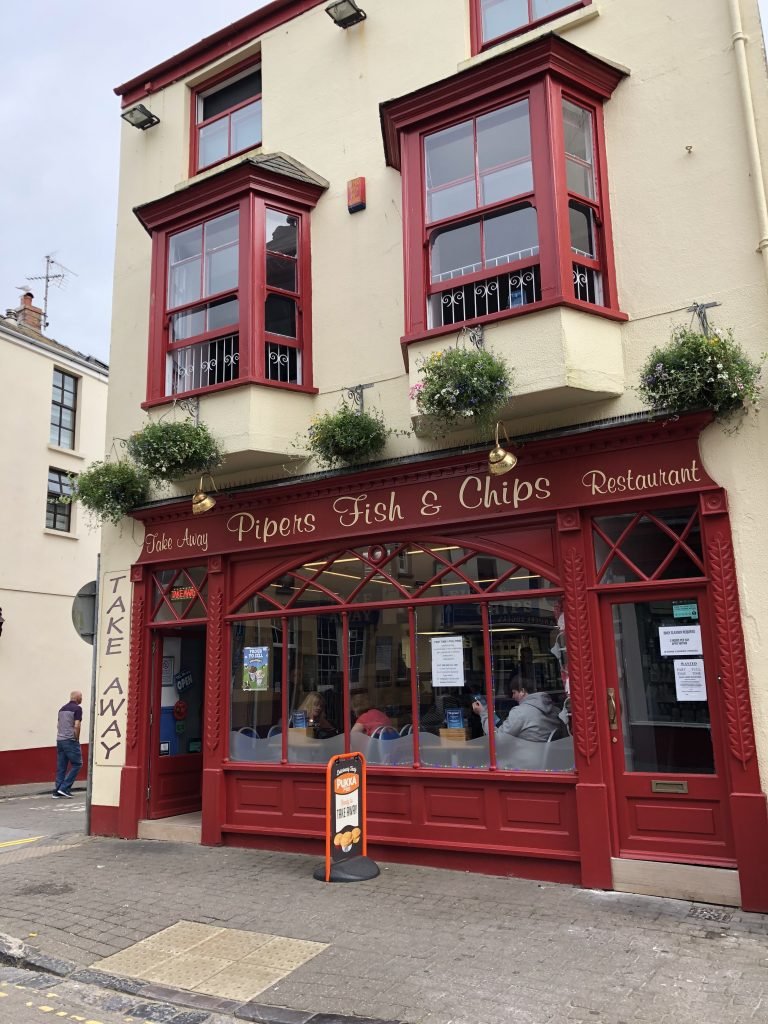
Before starting our journey, we spent some time in Cardiff, the capital of Wales. The city was originally built during Britain’s 19th century coal boom and for many years, it was primarily an industrial town. Though never regarded as one of the country’s most attractive cities, Cardiff has been changing with the times and major regeneration projects have given it a new face.
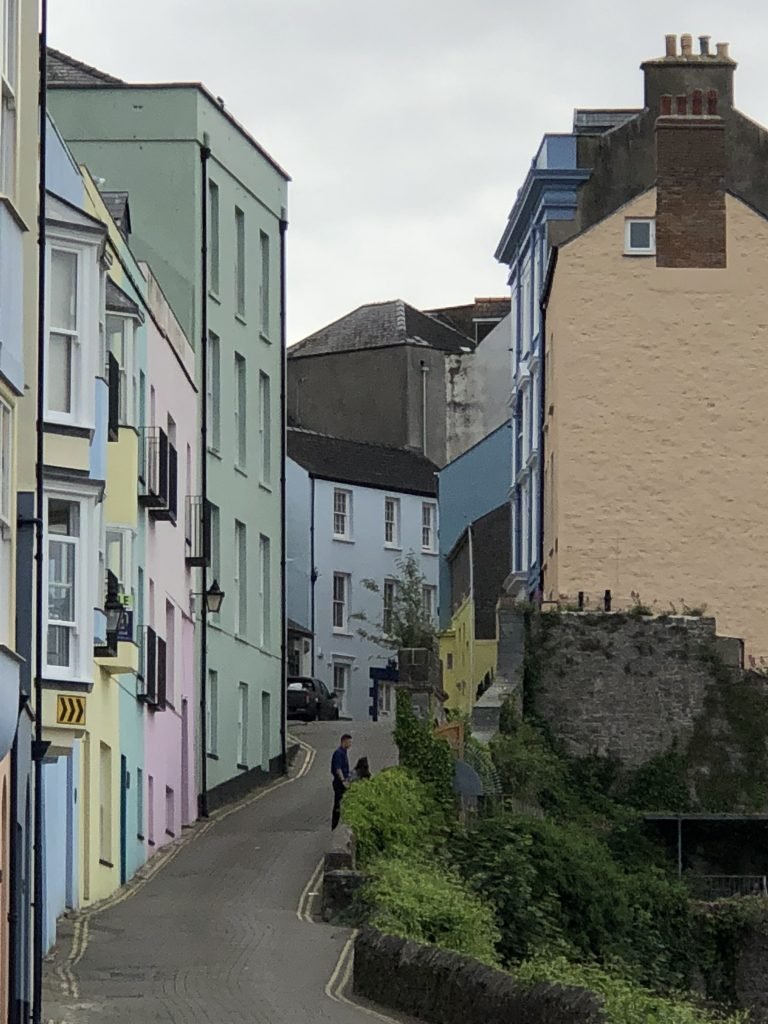
In the heart of town is Cardiff Castle, a combination Roman fort, impressive citadel and Victorian Gothic palace, created for one of the world’s richest men – John Stuart, the 3rd Marquess of Bute. Make sure to climb to the top of the medieval Keep, explore the Wartime Shelters and tour the Castle Apartments with their opulent interiors of gilding, wood carvings and stained glass.
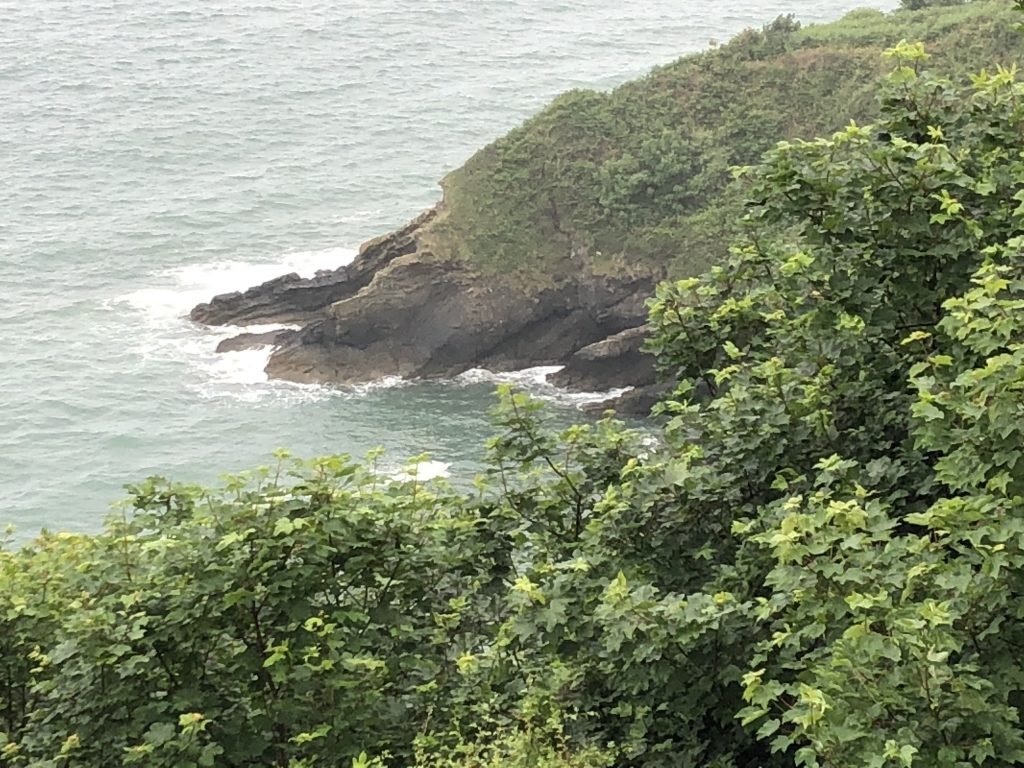
Stroll through picturesque Bute Park, then hop on the Princess Katharine, a narrated water taxi that will take you to Cardiff Bay. This waterfront area is a hive of eclectic shops, bars and restaurants. At the National Museum Cardiff, you’ll find exhibits on the country’s natural history, archaeology and geology, along with the country’s notable art collection. And if you want to experience the Welsh obsession, head to Principality Stadium and join all the rabid fans cheering for their teams at a rugby match.
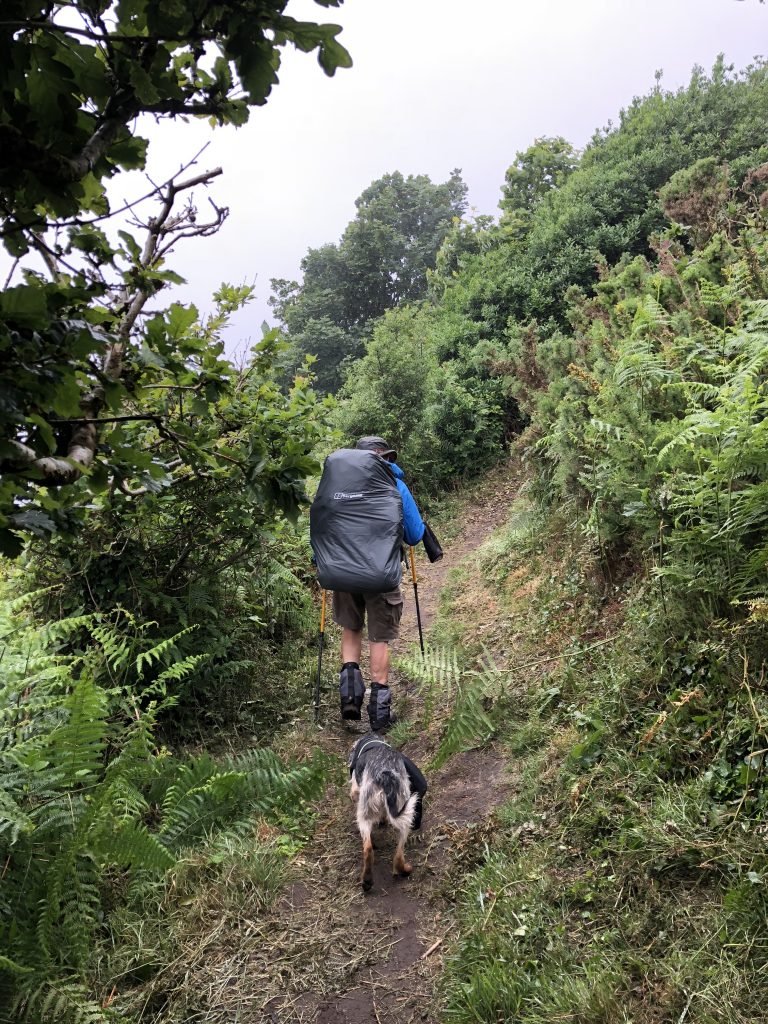
From Cardiff, we went by train to Tenby, where our walk officially began. Tenby is a lovely seaside resort with cotton candy-colored houses and streets that form a maze of narrow lanes and alleyways inside the old town wall. Picturesque views of golden beaches and nearby islands pop up around every corner. Walk the lovely promenade, stop in at a “chippie” for some fish and chips, or perhaps try a traditional Welsh pie or pasty.
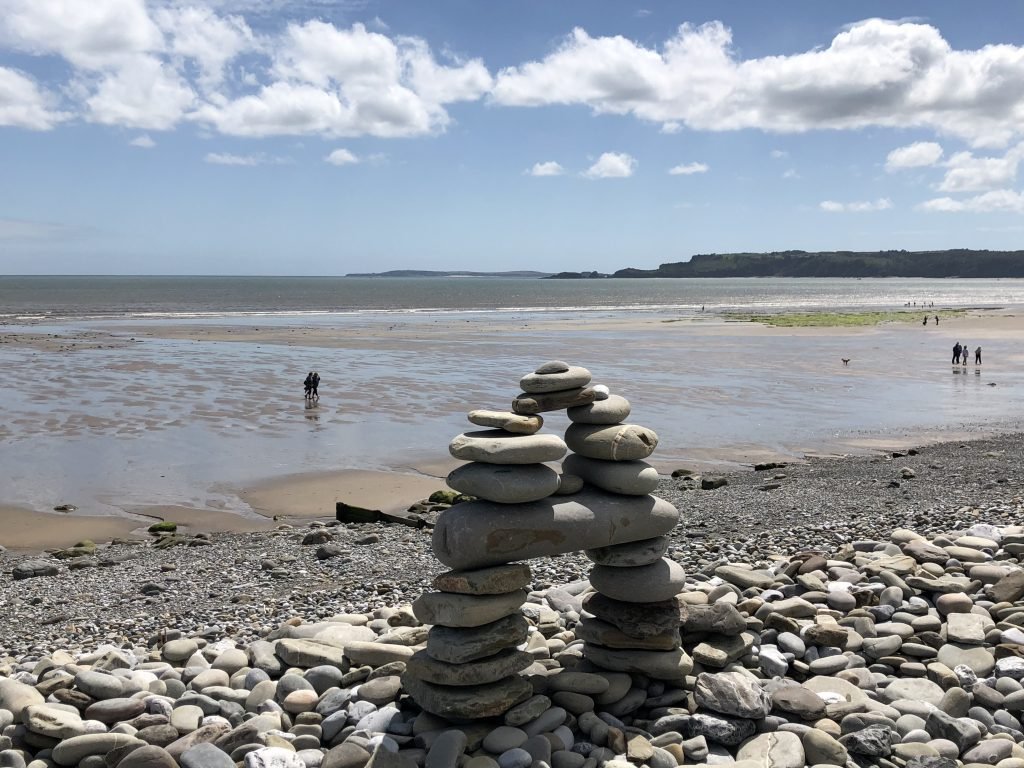
For a special meal, dine at The Stables. Nestled between the medieval town walls, in what was historically an old coaching inn, the restaurant is popular with both visitors and locals alike. The place serves beautifully prepared food with a cosmopolitan flair and is known for its daily fresh fish features that might include bass, skate, cod, hake, salmon and tuna. And when the boat comes in, there’s locally caught Pembrokeshire lobster on the menu.

Tenby offers many choices when it comes to accommodations, from inns and lodges, to hotels and spa resorts. We stayed at the Broadmead Boutique B&B, a handsome 18th century country house with lush lawn gardens. Each of the bedrooms is individually designed and tastefully furnished. As with the majority of accommodations in Wales, breakfast is included in your stay. Typically, there’s a buffet with continental-style items, as well as a menu of hot dishes. The traditional English breakfast consists of eggs, bacon, fried or grilled tomatoes, fried mushrooms, toast and “bangers,” or sausages. It’s a hearty way to start the day!

During our walk, we encountered all types of weather. Some days it was wet and damp (good rain gear is essential!), with an eerie mist reminiscent of a scene from a Brontë novel; other times, the sun appeared and made everything sparkle in vivid Technicolor. The trail is well-marked overall and distinguished by blue and yellow colored “waymarkers,” with a white shell logo. My husband and I only got confused in a few places when the path or markers were difficult to see due to heavy vegetation overgrowth. You’ll walk on a variety of surfaces, from dirt and grass to sand, rocks, wood, gravel and asphalt, and if you’re not careful, you might step in a few cow pies as well! And you’ll climb up and down hills and dunes, go through old railway tunnels, countless stiles and kissing gates, and meander along peaceful country backroads. Flora and fauna abound with seabirds and orchids, butterflies and Atlantic grey seals.
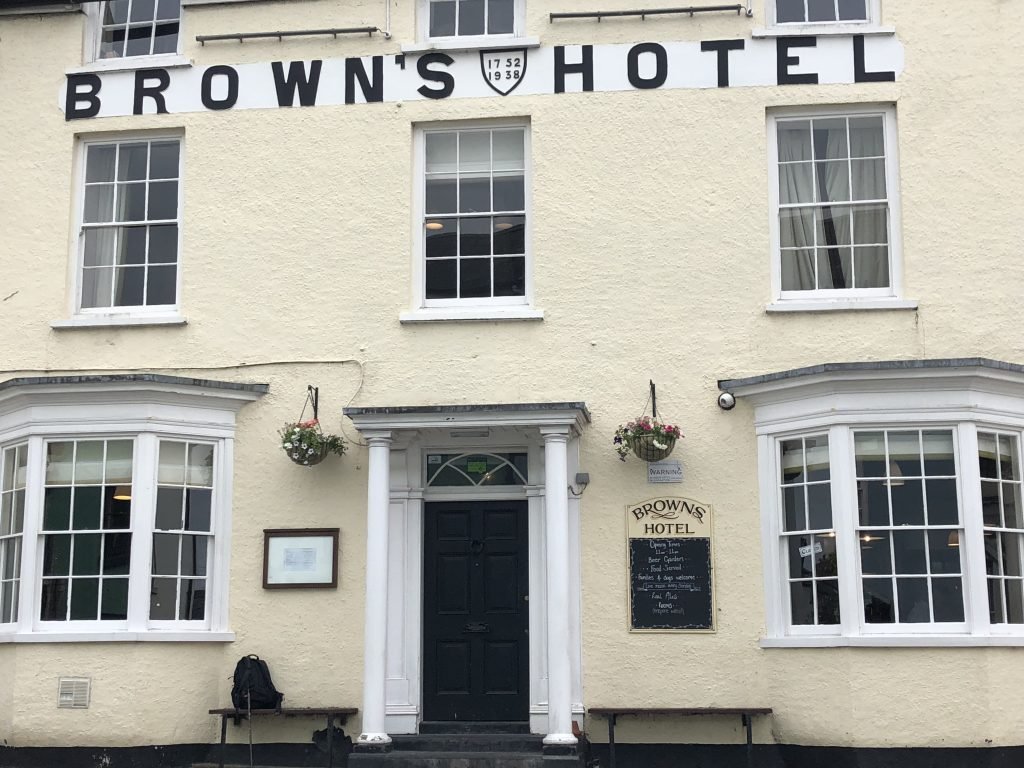
Though labeled the Coastal Trail, the route also takes you inland through stretches of rural farms, where you’ll encounter cows and sheep and the occasional farmer. Some of the time, you’re walking on private property, though no one ever makes you feel uncomfortable or unwelcome when they see you on their land. The Welsh people we met were friendly and helpful, and always curious about where we were from and how far we were going on the path.
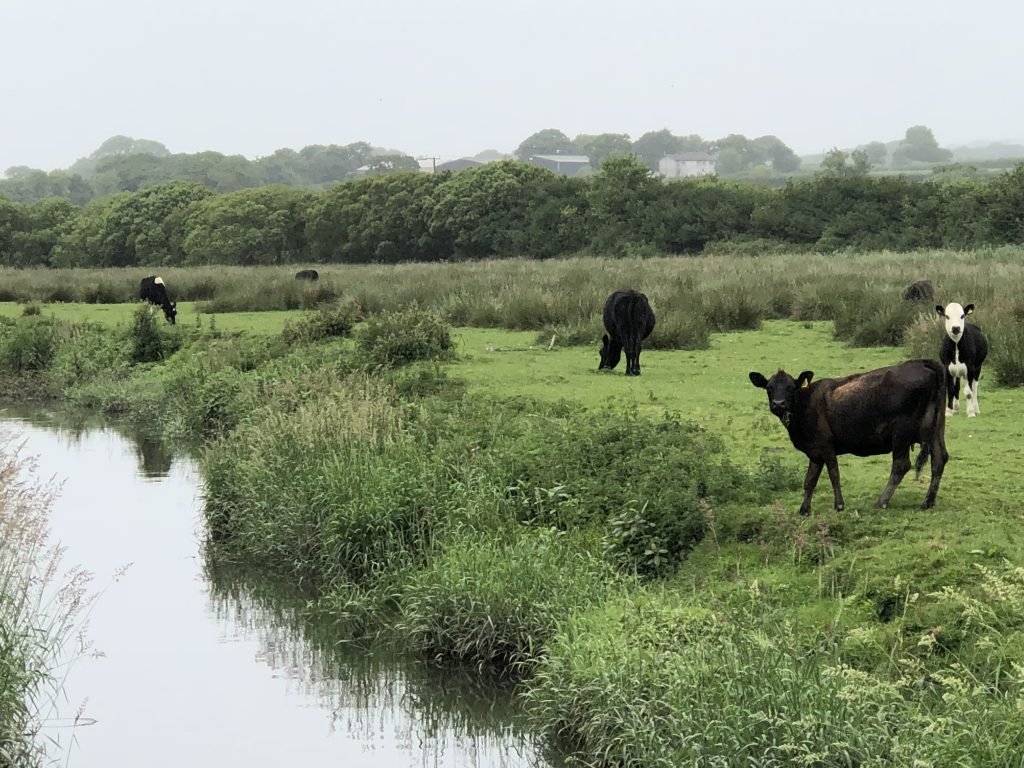
There are plenty of detours off the route, where you can explore quirky villages, old churches, WWII remnants, various ruins and even a museum or two. Doing a self-guided walk allows you much flexibility, as you have all day to get to your night’s accommodations. You set the pace, determine where and when you’ll rest, eat a snack, stop in at a pub, or decide to take an off-the-beaten-path excursion. And you’ll be traveling light, with only a daypack to carry the essentials.

We often went miles without seeing a soul and had the trail to ourselves. We created our own rhythms, which varied depending on whether we wanted to walk and talk together, or put a bit of distance between us and quietly get lost in our separate worlds. The journey gave us the opportunity to truly notice our surroundings and appreciate this spectacular natural environment one step at a time.
Our accommodations during the trip were each unique and different. In the charming town of Amroth, we stayed at the Mellieha Guest House and enjoyed the warm hospitality of owners Stuart and Julia Adams. The couple’s home is cozy and inviting with country and sea views, and a glorious garden. Julia’s homemade Welsh cakes proved addictive and Stuart’s cooked-to-order breakfasts were tasty and filling.
Brown’s Hotel was our digs in Laugharne. Built in 1752, the place is an iconic literary address, as it was the favorite watering hole of poet and writer Dylan Thomas, who famously left the bar’s phone number as his own. Other celebs and dignitaries have made their way to Brown’s, including Prince Charles, Mick Jagger, Peter O’Toole, Richard Burton and Liz Taylor, and even President Carter. The inn’s décor and furnishings are vintage chic, lending an air of nostalgia to the place. And the bar is the social hub of the town, offering live music every Sunday afternoon, as well as a monthly Poems & Pints night.
While in Laugharne, take time to visit the castle, where you’ll find the remains of a 12th century structure that has been the focus of archaeological investigation and gradual restoration for the past two decades. Also of note is the Dylan Thomas Boathouse. The writer and his wife lived here for several years, and it’s where he wrote one of his best known works, “Under Milk Wood.” Though Thomas was originally from Swansea, his family roots were in Carmarthenshire and it was this area that provided him with a constant source of inspiration. He is buried in the graveyard of St. Martin’s Church in Laugharne.
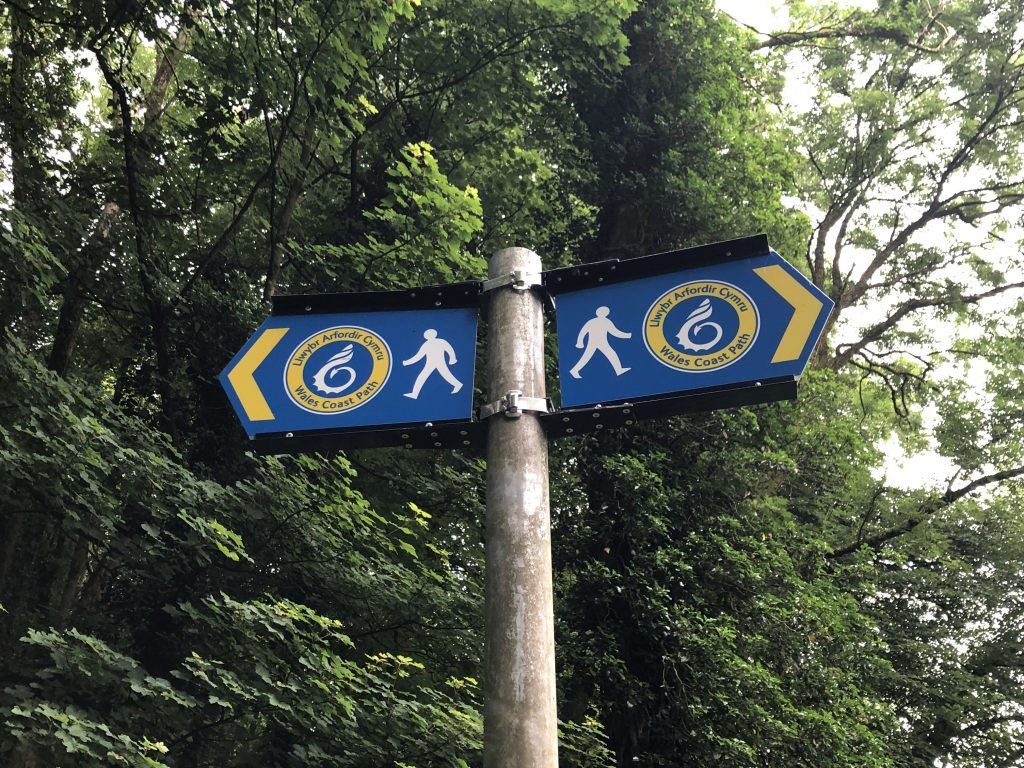
In Llansteffen, we spent the night at the Mansion House, an elegant estate set on a hilltop with sublime views of Carmarthen Bay. The décor blends period charm and contemporary design, highlighting the home’s stately Georgian style architecture. And the restaurant on site is a gem with innovative dishes incorporating a strong local provenance. I swooned over a starter of broccoli, watercress, spring onion and rocket soup, accompanied by a Welsh rarebit crisp, followed by line caught sea bass and balsamic potatoes. Dessert was a heavenly treacle tart with lemon curd and pistachio ice cream.
The Ivy Bush Royal Hotel, where we stayed in Carmarthen, possesses an Old World ambiance, and was once the favored retreat of Lord Nelson and Lady Hamilton. Its accessible location to shops and restaurants makes it very convenient for walkers. Carmarthen has a strong claim to being the oldest city in the country, having been founded by the Romans in the first century A.D. Your walk into town from the path will take you along the banks of the Towy River, where you might see fisherman in small, rounded boats called coracles. This traditional style, one-person craft dates back to pre-Roman times and is made out of woven wood with a waterproof covering. Coracle fisherman secure a net between two of the boats and then drift down the river in hopes of catching fish as they go. There are only a few places in Wales where coracles are still used, the River Towy being one of them.
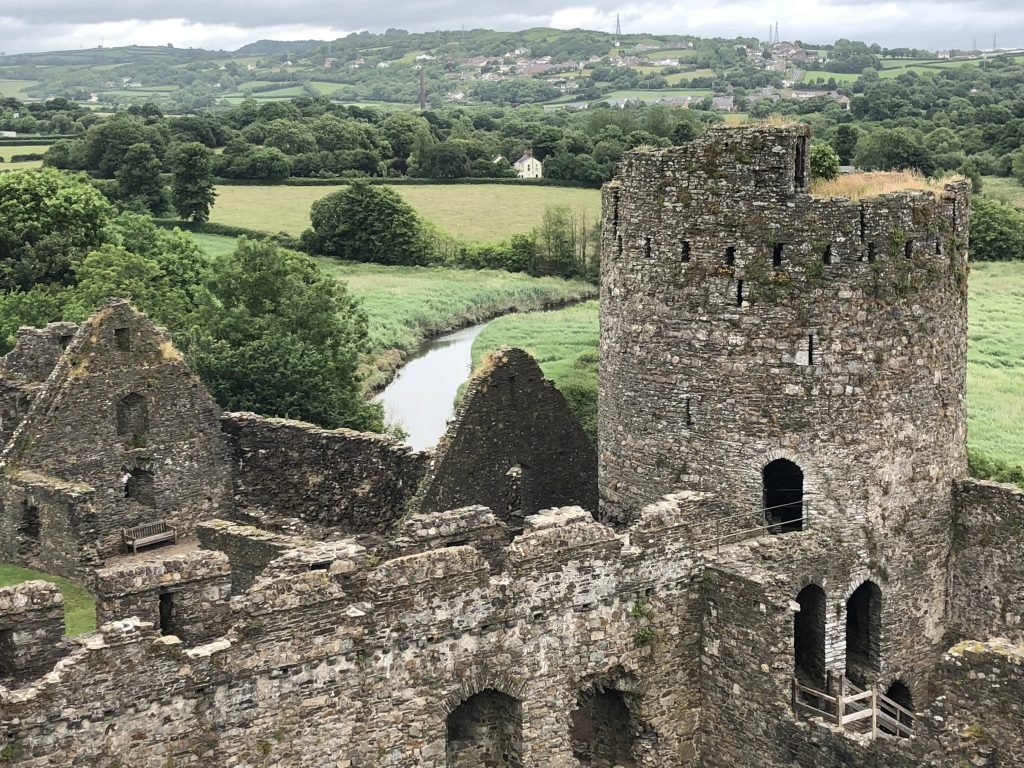
Nick and Gerri Tennant own and operate the Kidwelly Farmhouse B & B in the town of Kidwelly, another of our stops on the trail. Their inn is a relaxing, sunny and light-filled haven with all the comforts of home. For dinner, we accompanied the Tennants to the Mason’s Arms, a lively neighborhood pub and restaurant full of locals enjoying their pints. We heard our share of entertaining stories, some of which we could understand and others that we failed to catch due to the strong Welsh accents. Welsh English, which is spoken by everyone, is a dialect of English, whereas Welch is a Celtic language. Signs in Wales are posted in both English and Welsh, and if you’re like me, you’ll probably cause much confusion if you try and pronounce words written in the latter. My futile attempts were a constant source of amusement for the residents.
The Kidwelly Castle is a must-see, as it is one of the most well-preserved and complete castles in Wales. It’s a mighty and daunting monument to Norman power. An eerie aura pervades this medieval stronghold as you explore its dark and dank rooms, take a peek into the gloomy dungeons and climb the steep and narrow spiral staircases to the top of the tower. Your efforts will be rewarded with a commanding view of the landscape. There are numerous informative plaques placed throughout the castle, which include historical details and descriptions about life back in the Middle Ages. I chuckled upon reading that the bread baked in the ovens typically got burnt on the bottom, so the lord ate the upper crust, hence the saying!
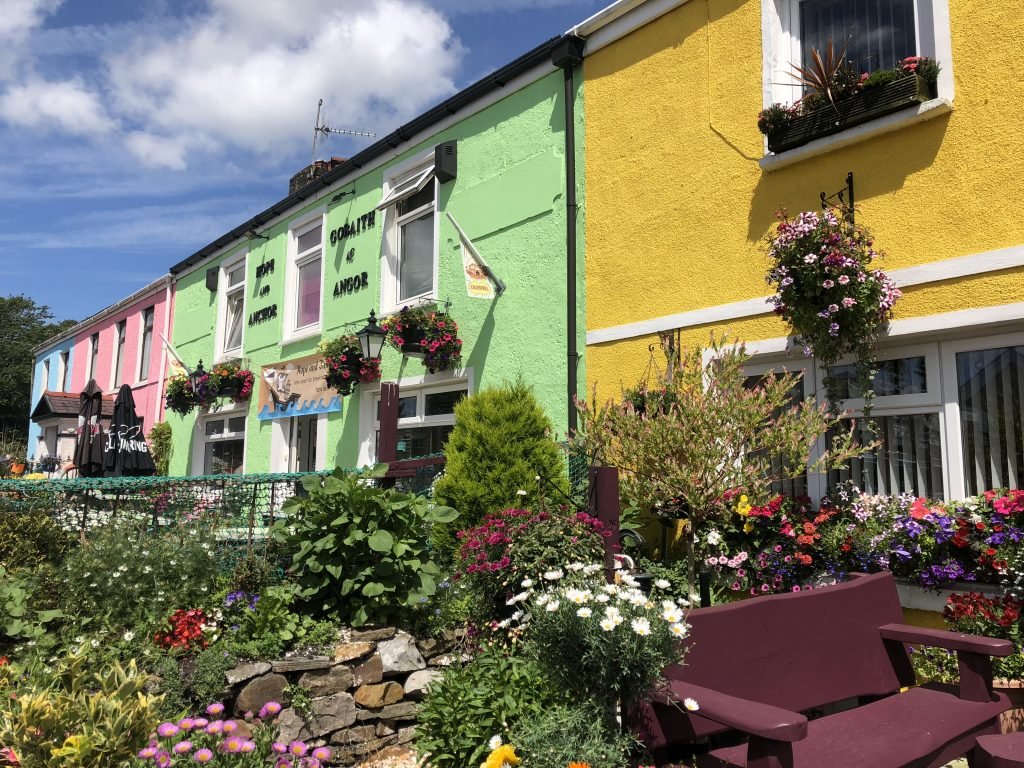
Our last night’s accommodations were at Whitford’s in Burry Port. The establishment operates a café and kitchen shop on the ground floor, and up above there are several spacious, loft-style, ensuite rooms. Burry Port made its name in the coal industry, but it surprisingly also has a place in aviation history. In June 1928, Amelia Earhart became the first woman to fly across the Atlantic, after she landed in Burry Port following a twenty-two hour flight from Newfoundland. The town has a plaque and monument commemorating this event.
The walk gave us a good sense of accomplishment, but more importantly, it introduced us to this enchanting and captivating corner of the world.
If you go:
celtictrailswalkingholidays.co.uk
discovercarmarthenshire.com
visitpembrokeshire.com




![Wickedly Good Halloween Cocktails [COCKTAIL TIME]](https://luxebeatmag.com/wp-content/uploads/2024/10/Diplomatico-Rum-Blood-Moon-Negroni-150x150.jpg)






























